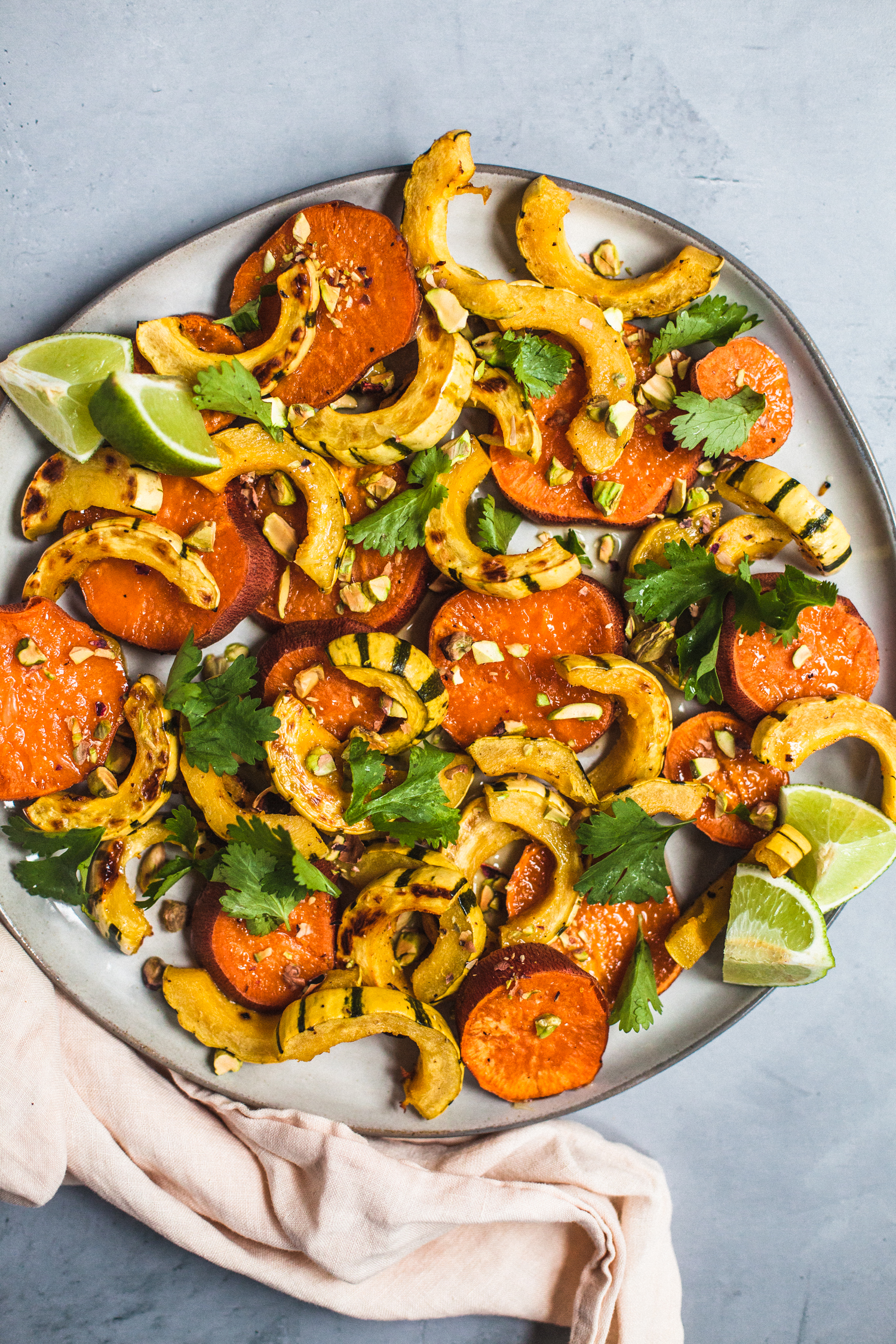
Limey Roasted Sweet Potatoes and Delicata Squash
Hi friends! If you’re in need of one more super simple but stunning veggie dish for your holiday table, we’ve got yo...
Read Recipe
Hi friends! If you’re in need of one more super simple but stunning veggie dish for your holiday table, we’ve got yo...
Read Recipe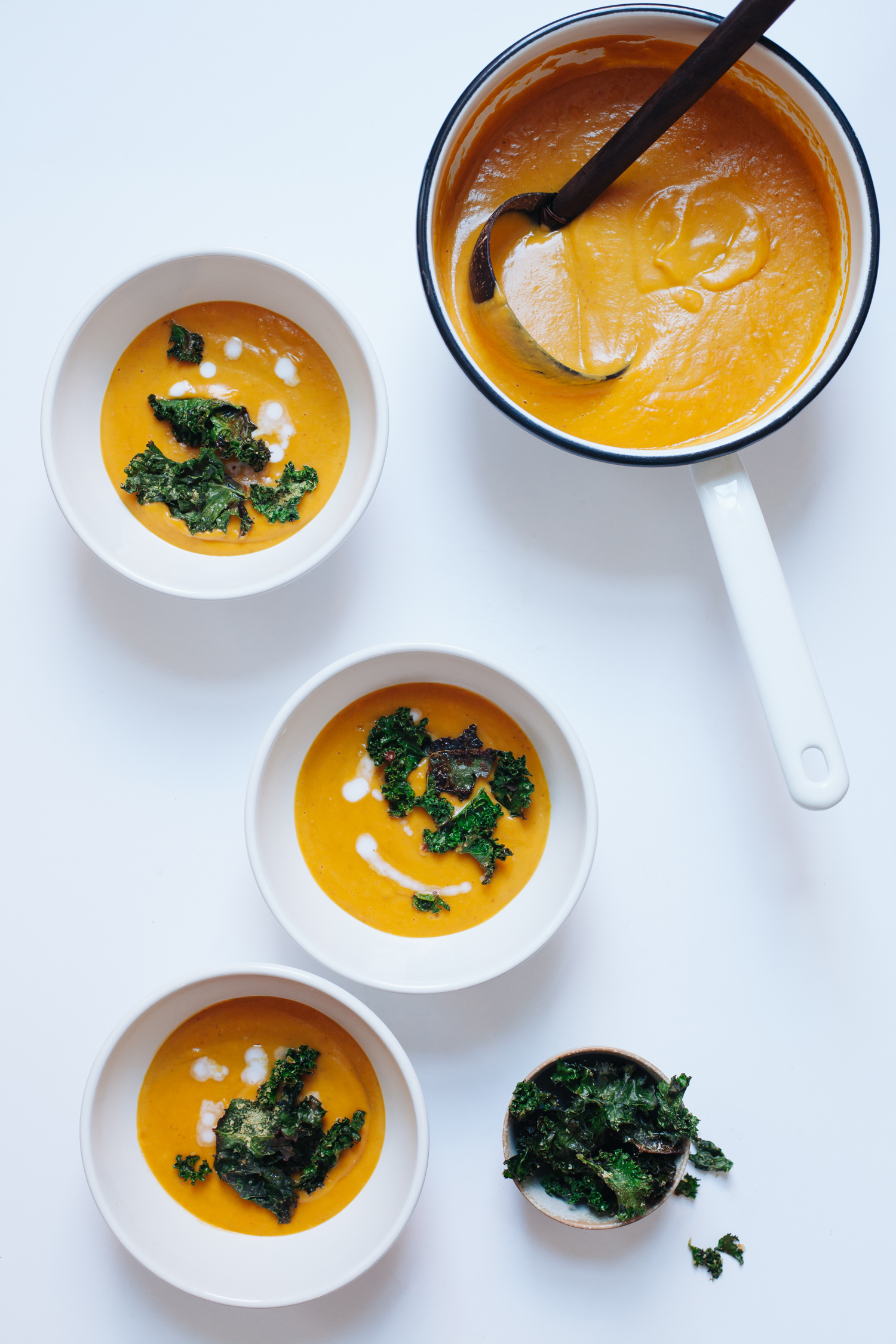
We’ve got a little upgrade on classic creamy butternut squash soup for you today. This one still has plenty of buttern...
Read Recipe
Today’s soup was inspired by the Simmered Winter Squash recipe from Heidi Swanson’s beautiful new cookbook, Near an...
Read Recipe
These gnocchi are one of my favorite fall dishes to make for company. The process of gnocchi-making is fun and gratifyin...
Read Recipe
I recently came back from a short stay in NYC with Masha (older daughter and Golubka photographer), where I was happy t...
Read Recipe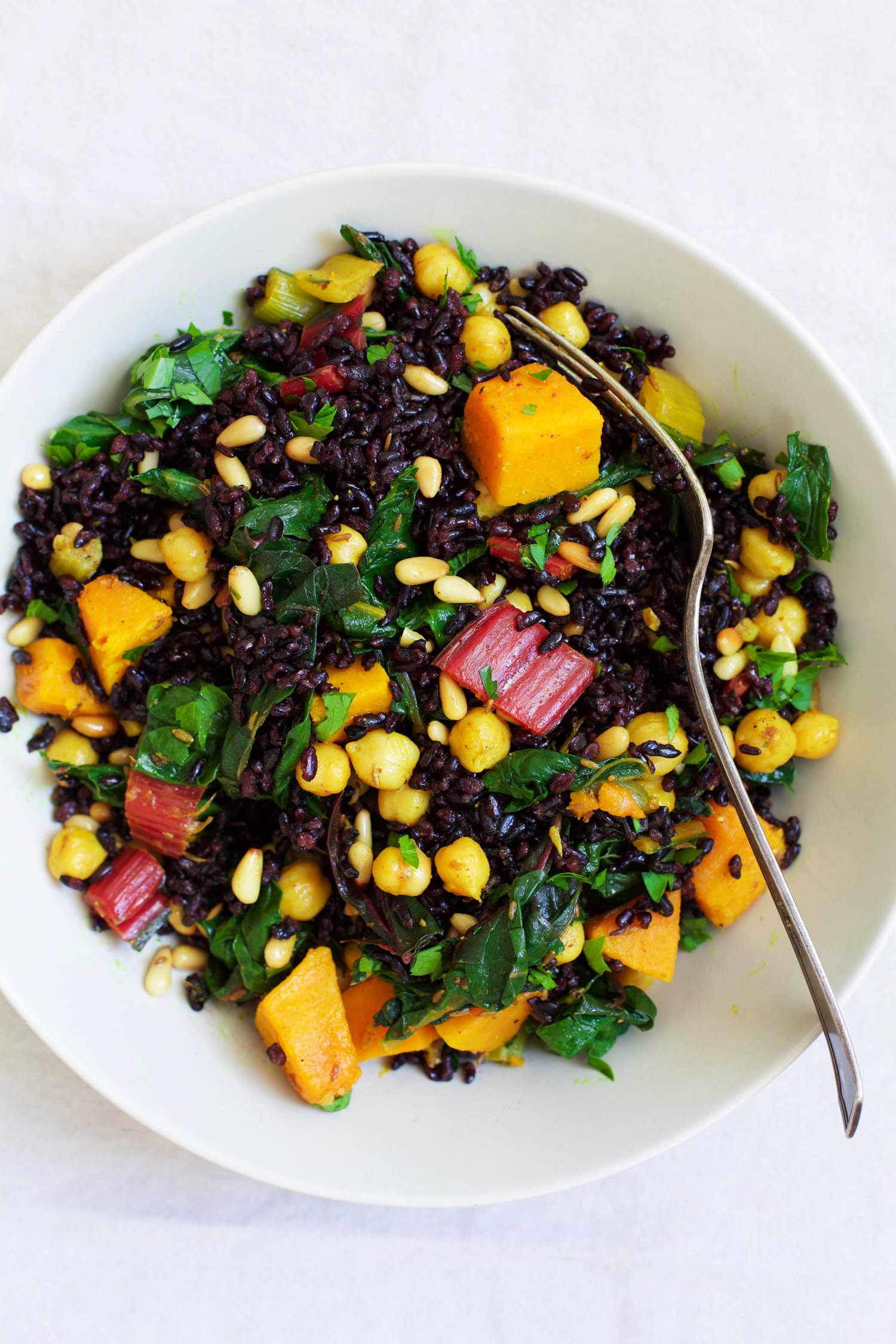
I’ve been on a forbidden black rice kick this winter. I love its pleasant texture, mild flavor and sweet aroma, and i...
Read Recipe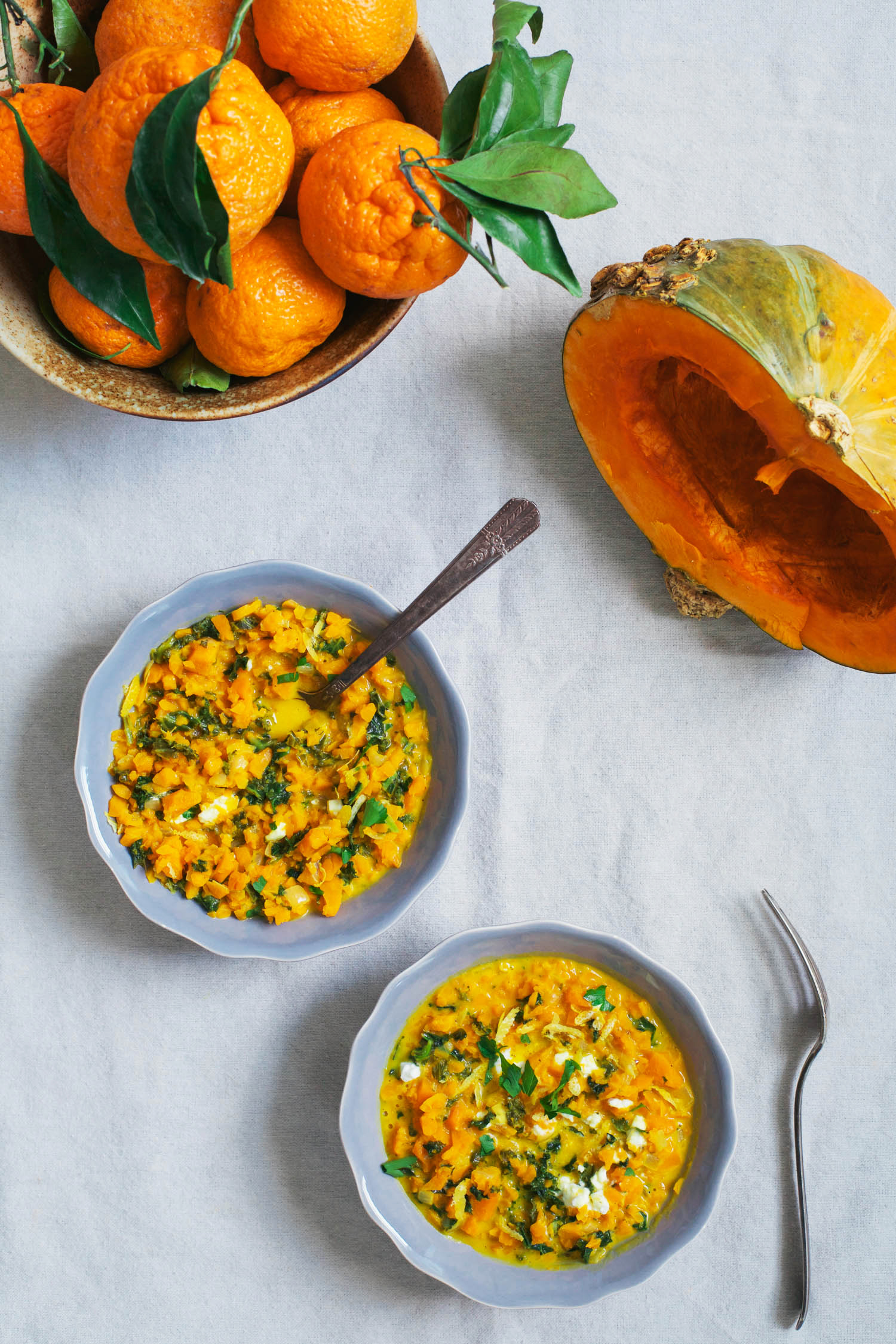
Ever since I learned about the possibility of riceless risotto, it has become a staple lunch and dinner in our home. In ...
Read Recipe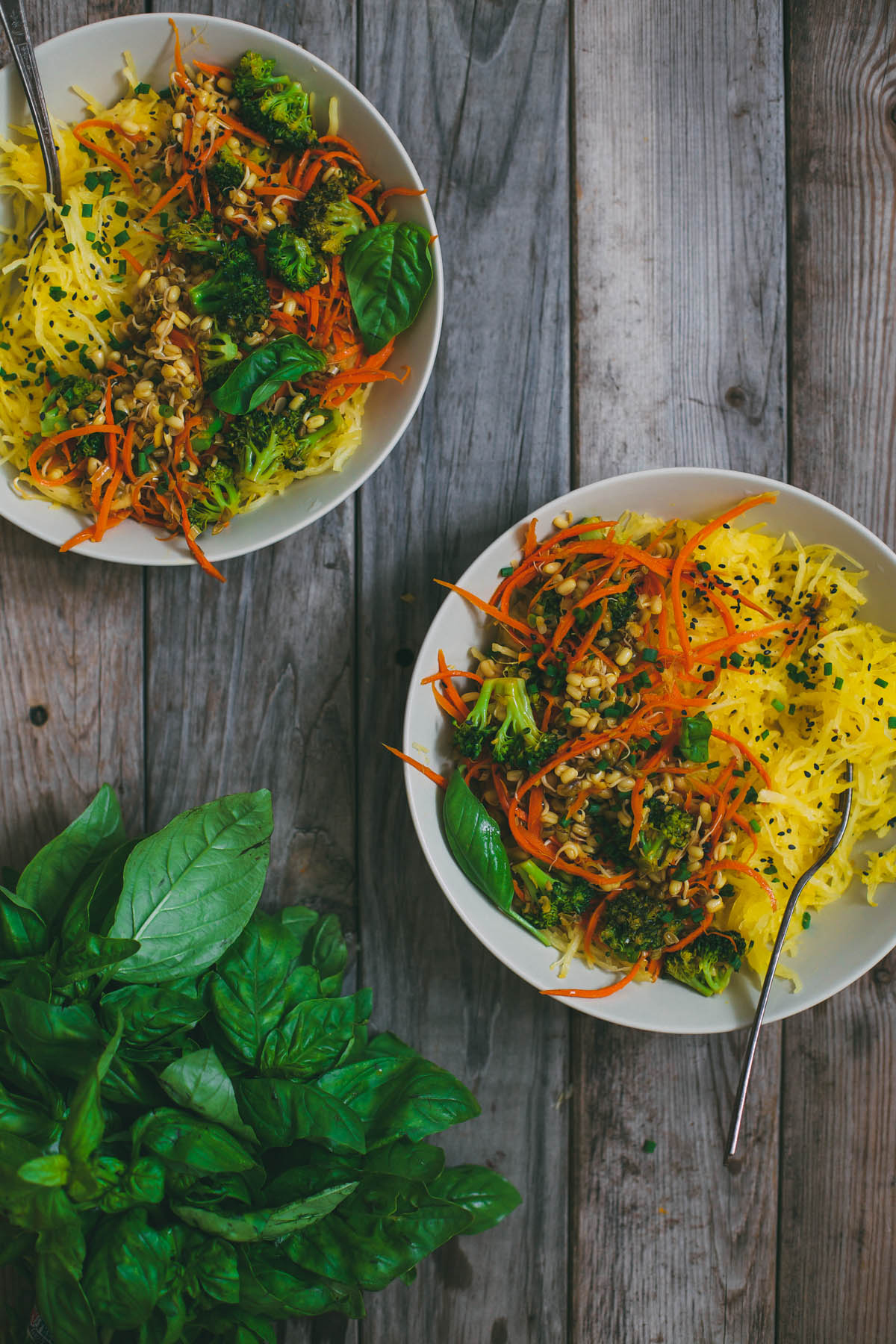
Before we share our holiday dessert for the year, here is a dish that I’ve been hooked on lately. It will make for a l...
Read Recipe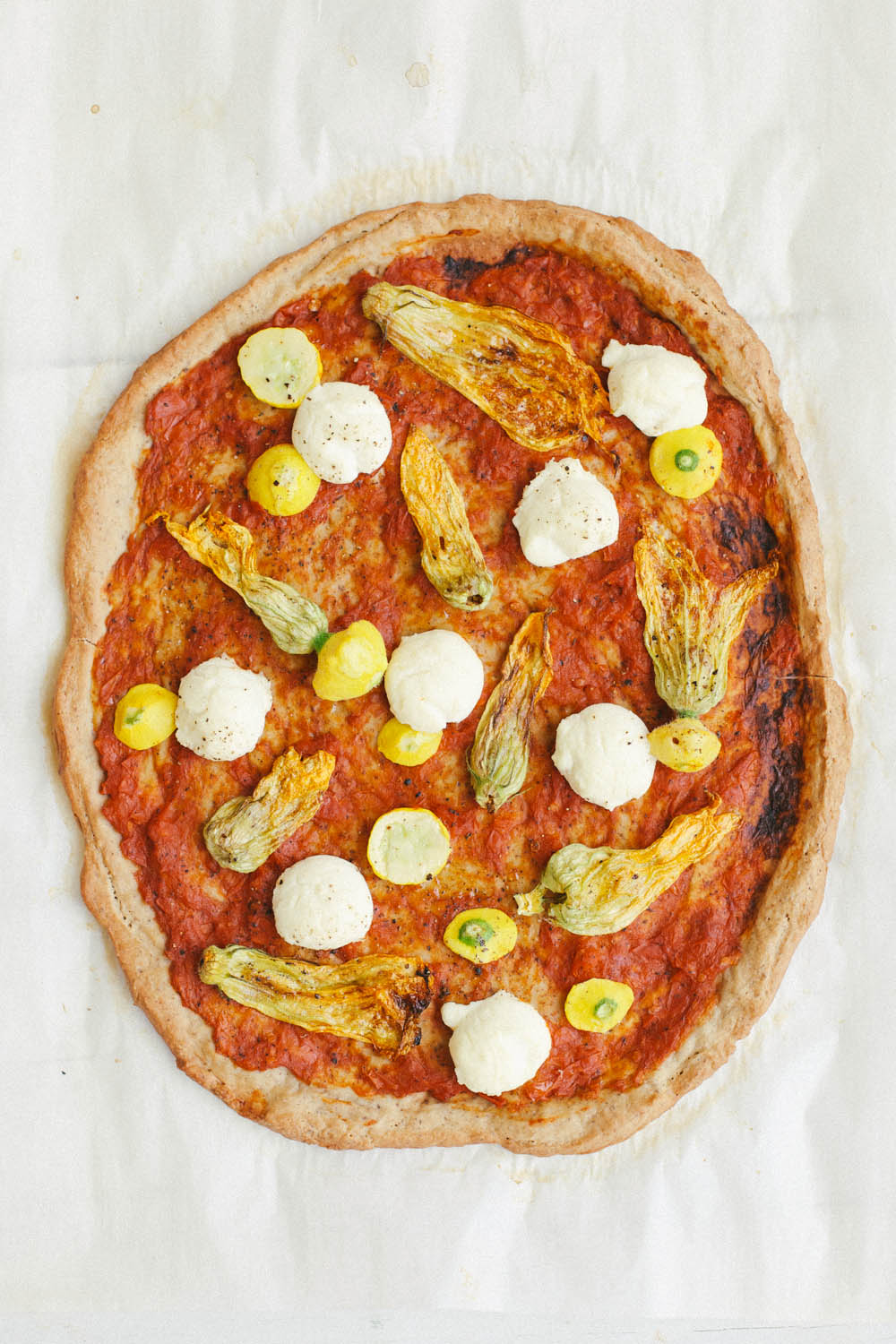
Squash blossoms have always epitomized the magic of summer to me. Like fireflies, they are quiet and fleeting – look a...
Read Recipe
Today we celebrate our book, The Vibrant Table, being available for pre-order and all the work on it – successfully c...
Read Recipe
Today, I don’t want to say much, just that our hearts go out to the victims and families of the terrible tragedy in CT...
Read Recipe